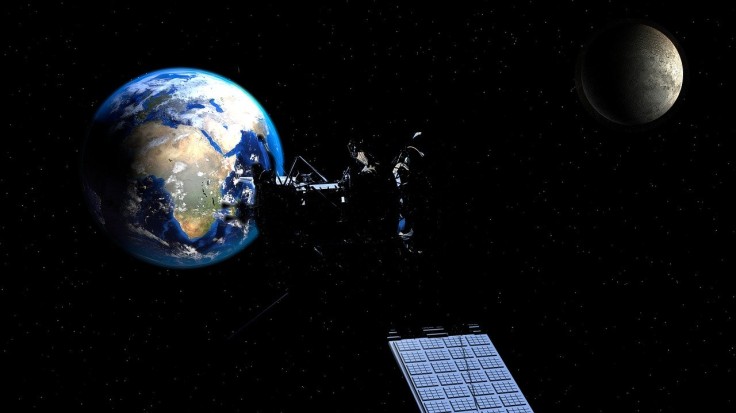
The 56-year-old NASA satellite is set to expire and return home and disintegrate as it re-enters the Earth's atmosphere.
NASA launched The Orbiting Geophysics Observatory 1 satellite in 1964. It is the first of a series of the six-spacecraft mission of NASA's OGO program. Five other satellites were then launched one after another from 1965 to 1969. OGO-1 is the last remaining satellite and is now ready to head back home on August 29, 2020.
NASA sent OGO-1 into an eccentric orbit, taking it two days to orbit the Earth. Its goal is to study our planet's magnetic environment and its interaction with the Sun. It gathered information about the Earth's magnetosphere and operated until 1969. After that, it went on standby mode, and then all support was terminated in 1971.
OGO-1 comes back home
University of Arizona's Catalina Sky Survey (CSS) astronomers first noticed this object that appears to be heading to Earth. At first, the team thought it was an asteroid, but they confirmed that it was OGO-1.
NASA predicts OGO-1 to make a re-entry on one of its next three perigees. A perigee is a point the satellite's orbit that is closest to the planet. On Saturday, OGO-1 comes back to Earth at about 5:10 p.m. EDT over the South Pacific. Approximately, that spot will be between Tahiti and the Cook Islands.
OGO-1 will break up upon re-entering the planet's atmosphere. However, it is a typical occurrence for a spacecraft in its final operational phase. It will not pose any threat to our planet or any person, though. Near-Earth Object Observations projects will continue to track OGO-1 until its final moments. It will do so as part of its mission of monitoring natural objects' impact on the Earth's atmosphere.
Earth is littered with space junk
You may not realize it, but beyond the clouds lies the low Earth orbit. LEO is a literal orbital space junkyard. For now, the aging satellite is among the 500,000 pieces of space junk orbiting the Earth.
Space junk began accumulating since Sputnik 1 launched in 1957. That event marked the start of the Space Age and the point when we started littering space. Several decades later, the space junk increased considerably, particularly due to the 2009 satellite collision and 2007 destruction of the Fengyun-1C weather satellite.
What else comprises orbital space debris? Among these objects include rocket parts, dead satellites, flecks of paint from a spacecraft, etc. Some of these space debris travel fast and reach speeds up to 18,000 miles an hour. That speed is seven times faster than a bullet and is enough to damage a spacecraft upon impact. And this has been a growing concern because of the danger they pose to spacecraft with humans aboard.
Sadly, there is no international space law, yet that would mandate clean up of these debris pieces. In 1979, NASA began its Orbital Debris Program to look for ways to minimize orbital debris, and design equipment meant to track and remove debris in space.









